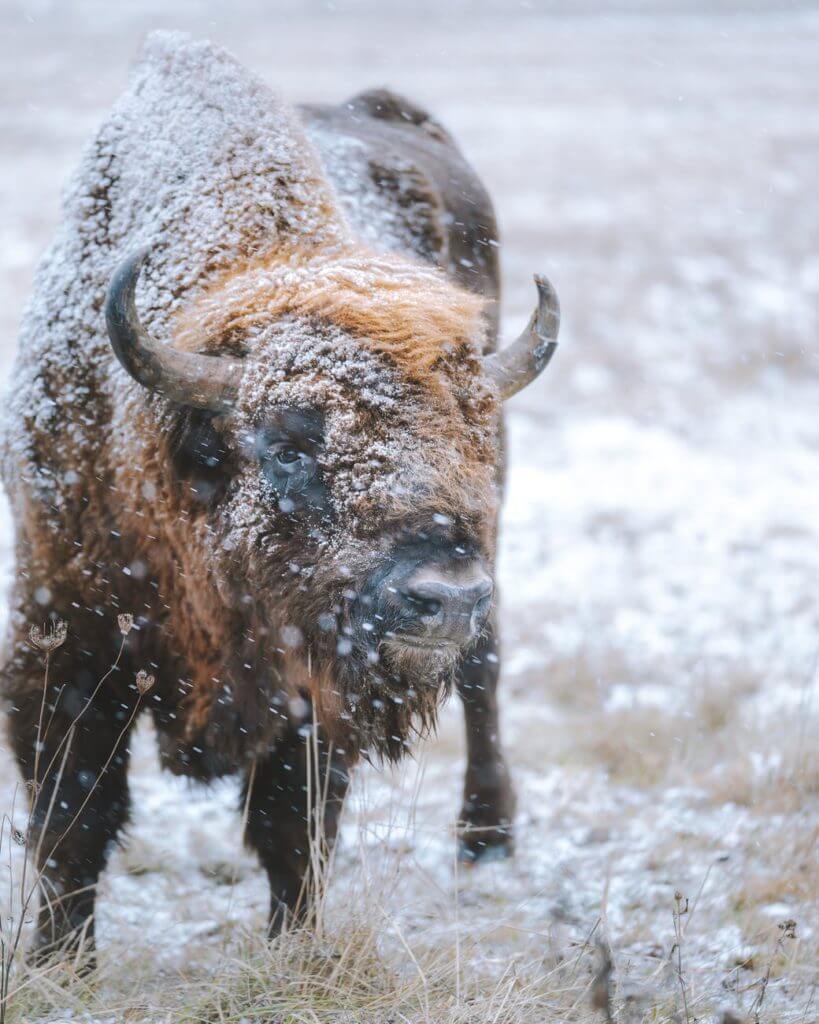Indigenous knowledge is set to be included in assessments in Species at Risk assessments in the NWT.
The assessments decide whether an animal species should be classed as “at risk”, which can help trigger protections to preserve animal populations.
Normally, Species at Risk assessments are made using data from biological surveys, which a statement from the committee says helps justify their decision about an animal’s status. A listing is normally for a term of 10 years.
But the new assessment method would recognize the “local, holistic, eco-centric and social-spiritual context of Indigenous knowledges.”
“Around the world, accepted standards for species at risk assessments are based strongly in western science,” Leon Andrew, the Chair of the Northwest Territories Species at Risk Committee said in a statement.
“However, there is increasing acceptance that Indigenous and community knowledges are systems of knowing in their own right that do not need to fit within a model of, or be verified by, western science.”
The new method for assessing whether an animal is at risk will use two sets of criteria, with one based in Indigenous and community knowledge and scientific knowledge, respectively.
The final species assessment can be supported by criteria from either, or both, knowledge systems, depending on the best available information.
Twelve species are currently deemed as at risk by the NWT Species at Risk Committee including the barren-ground caribou, wood bison, the little brown myotis (a medium sized bat) and the western toad.
The statement says the committee assessment now “differs markedly” from the Committee on the Status of Endangered Wildlife in Canada’s and the International Union for the Conservation of Nature methods of assessing whether a species is at risk or not.
More than 47 species with populations in the NWT are listed as being at some level of concern by different agencies.
The new method will be rolled out and applied for the first time to the re-assessment of the polar bear in April.
The effectiveness of the new assessment criteria will be reviewed regularly by SARC. The Species at Risk (NWT) Act came into force in February 2010.






